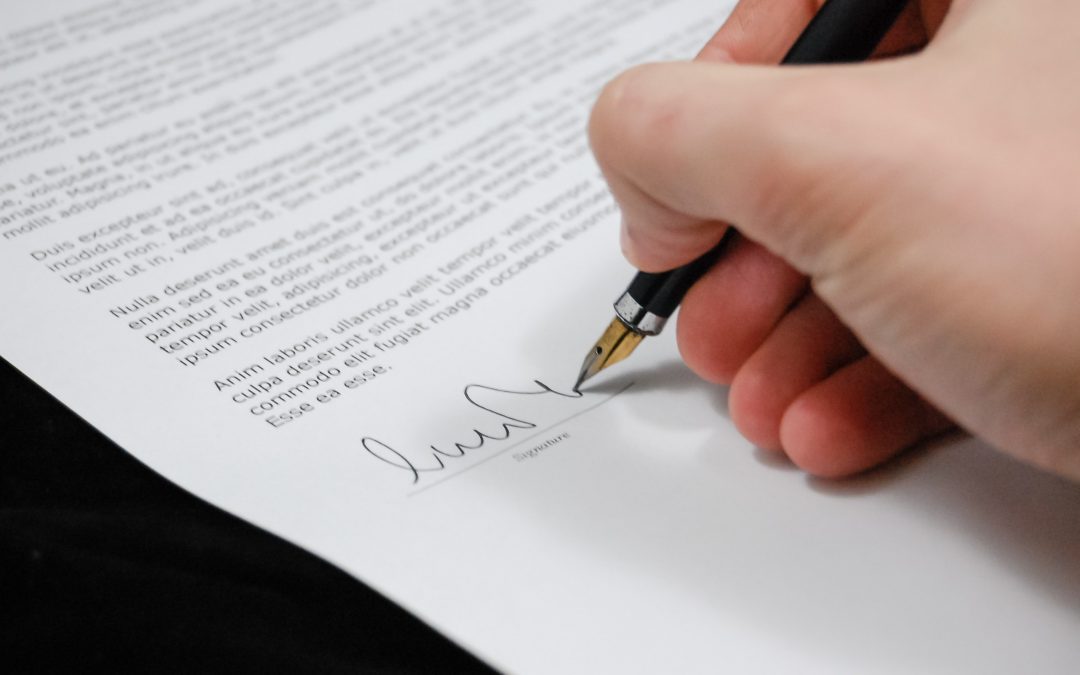Conveyancing – the Final Stages
In the short period of time between Exchange and Completion (typically 2 weeks) your legal people doing the conveyancing still have a number of key tasks to carry out.
The remaining legal stages up to completion are as follows:-
1 Checking seller’s title
Proof of ownership can be checked by referring to a copy of the title documents, or a summary known as an ‘abstract title’.
This information is provided by the seller’s solicitor, to whom any further questions, known as ‘requisitions on title’, are now sent.
2 Arranging a bankruptcy search
Two final checks on the seller’s financial status are now carried out. A bankruptcy search is necessary because should the seller be declared bankrupt the property could no longer be theirs to sell.
It could instead be deemed to belong to a creditor, who might conceivably put a spanner in the works by refusing to agree to the sale going ahead. Also, a final land charges search is instructed to check that the seller hasn’t sneakily raised a last-minute loan secured against the property you’re buying.
3 Preparing the mortgage deed
Your solicitor will now write to your mortgage lender, notifying them of the completion date. This is to make sure that all the necessary funds will be available in time for completion.
The mortgage deed confirming the lender’s interest in the property as security for the loan will therefore need to be checked so it’s ready for signing. You will also be asked to provide your solicitor with the money for the balance of the purchase price that’s not covered by the mortgage (e.g. by bankers draft or telegraphic transfer). Sufficient time must be left for funds to clear.
4 Preparing the draft conveyance/transfer document
Your solicitor should receive a draft of the ‘transfer document’ from the seller’s solicitor (for unregistered property this is known as the ‘conveyance’). This is the document or ‘deed’ that will officially transfer ownership of the property from the present owner to you. When both sides are happy, this deed will be ‘engrossed’, which means a final version is printed ready for both the buyer and seller to sign.
5 Buyer signs the final mortgage deed and conveyance
As the buyer, you will now need to sign the mortgage deed. Both the buyer and seller will need to sign ‘engrossed’ final version of the transfer document (or conveyance)
6 Collecting stamp duty tax
Your solicitor must now send the transfer/conveyance document to the taxman at HMRC.
Where the purchase price falls within the relevant stamp duty thresholds, they will duly issue a large tax demand on behalf of HM Government, to be paid (on your behalf) by your solicitor upon completion of the purchase.
7 Completion
Transfer of funds is made to the seller’s solicitor, who should then confirm that keys can be released to the buyers. Finally, the transfer and mortgage are registered at the Land Registry.
Our next blog – coming soon …….
Preparing for completion day
Check out our Rightsurvey blog page for more industry tips and secrets written by property professionals to help put you in control.



